Fritzke B.
Incremental Neuro-fuzzy Systems
Free Download
Authors: Fritzke B.
Size: 2 MB (1974593 bytes)
Pages: 12/12
File format: pdf
Language: English
Publishing Year: 1997
Direct Download: Coming soon..
Download link:
Category: Mathematics , Fuzzy Logic and ApplicationsSign in to view hidden content.
Be the first to review “Incremental Neuro-fuzzy Systems” Cancel reply
You must be logged in to post a review.
Related products
- Mathematics , Fuzzy Logic and Applications
Нечеткие множества в моделях управления и искусственного интеллекта
Free Download - Mathematics , Fuzzy Logic and Applications
Fuzzy neural intelligent systems: mathematical foundation and the applications in engineering
Free Download - Mathematics , Fuzzy Logic and Applications
Neural and Fuzzy Logic Control of Drives and Power Systems
Free Download - Mathematics , Fuzzy Logic and Applications
Adaptive Fuzzy Power Control for CDMA Mobile Radio Systems
Free Download - Mathematics , Fuzzy Logic and Applications
Элементы теории нечетких множеств и ее приложений
Free Download
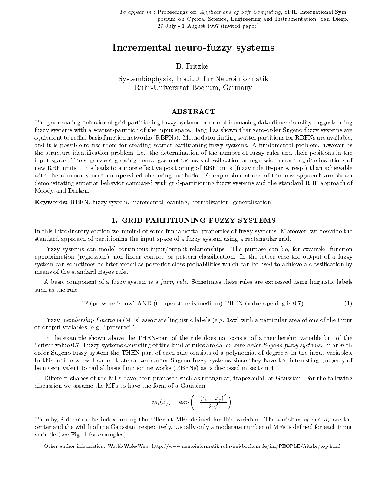
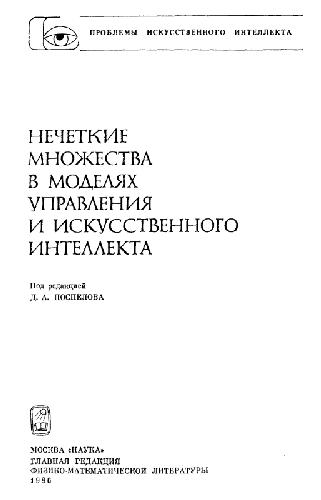
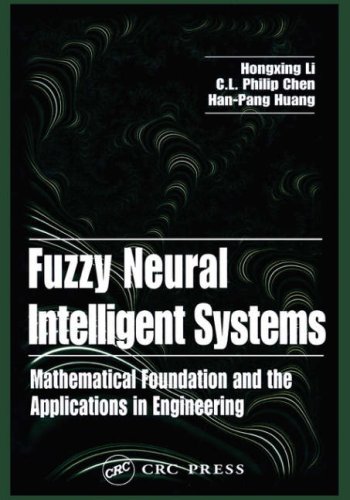
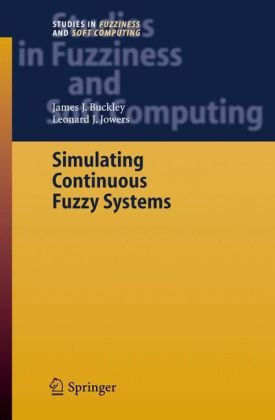
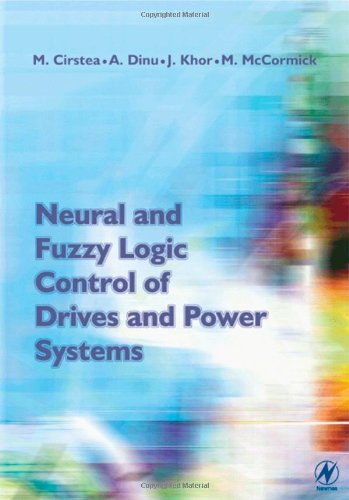
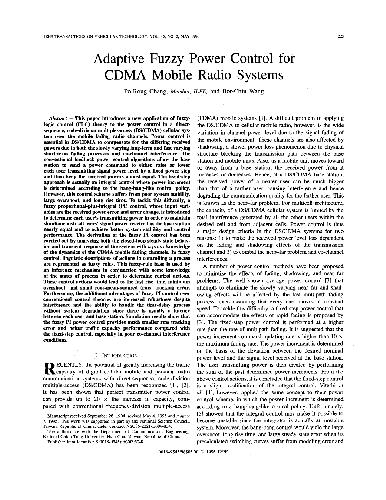
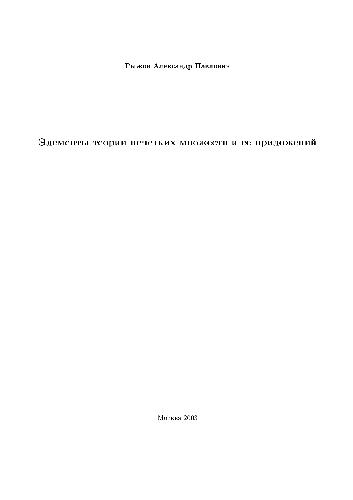
Reviews
There are no reviews yet.